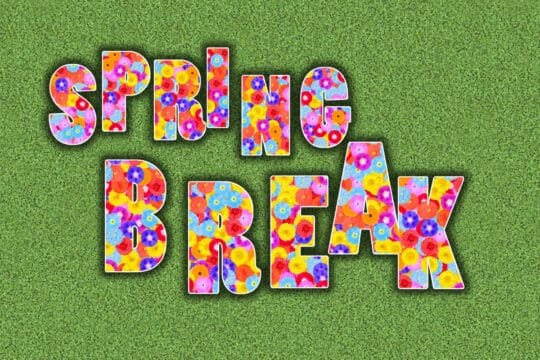Is your classroom not running as smoothly as you envisioned? Maybe you started the school year imagining your students working independently, fully engaged in every task, and following the rules without a hitch.
If your classroom isn’t operating the way you hoped, don’t worry! There’s still time to turn things around. Here are 10 reasons educators’ classrooms might be struggling and some tips to get it back on track.
You’re Not Preparing or Planning Enough
One major reason your classroom may feel off is a lack of preparation. Effective planning means going beyond the basics—you need to plan well in advance. Great teachers know that over-planning is the key to success.
By having extra activities ready, you’ll be covered when a substitute takes over or when you have a few extra minutes to fill. Being prepared for the unexpected ensures there’s always something to keep students engaged.
Consider creating a “sub tub” this is where you fill a container with classroom routines, student profiles, and emergency lessons.
Your Lessons Aren’t Flexible Enough
Another common issue is failing to create adaptable lessons that meet the needs of all your students. Design lessons that can easily be adjusted on the fly—whether that means shortening or extending them based on your students’ understanding.
Being flexible allows you to embrace teachable moments and gives you the freedom to move away from a rigid plan when necessary.
Classroom Routines Were Never Established
If you haven’t set up solid routines from day one, that could be causing chaos in your classroom. Routines are essential for creating structure.
Whether it’s how students enter and leave the room, turn in homework, or line up for lunch, establishing these procedures early and practicing them daily helps everything run smoothly.
Clear Expectations Have Not Been Created
It’s hard to maintain a well-functioning classroom if students don’t know what’s expected of them. Just as you set up routines, it’s equally important to set clear expectations.
Let students know what you expect in terms of behavior and effort, and make sure those expectations are visible in the classroom as a constant reminder.
You’re Not Keeping Students Engaged
Imagine how boring it would be if you had to read the same book over and over again. If your classroom activities feel repetitive, students can lose interest. Just as it’s important to plan, be flexible, and establish expectations and routines, it’s just as important to keep students on their toes.
Shake things up by varying your routine, incorporating short breaks, or adding something new to your lessons. As you know, children have a short attention span, so it’s essential to keep them engaged as much as you can.
Your Classroom Isn’t Organized
An organized classroom is a successful classroom. When everything has a place, it creates a calm environment where students know what to expect, and it’s easier for you to manage. Label everything, teach students to put materials back where they belong, and maintain an orderly space to foster a stress-free atmosphere.
Students are Not Understanding the Content
If you are checking for understanding during a lesson by simply asking students if everyone understands the material, that may not be enough. Some students may be hesitant to admit they’re confused because they are too embarrassed to raise their hands in fear that they’re the only ones who don’t get it.
This is why it’s extremely important to check for student understanding in a variety of different ways. Do not assume that all students understand what you are saying or what you mean. A great way to ensure that you know students understand is having students hold up mini whiteboards with their answers.
This strategy gives everyone a chance to respond without the fear of embarrassment. An alternative strategy is to utilize technology where students can anonymously answer online.
You’re Losing Control Too Easily
It’s easy to feel frustrated when things get out of hand, but staying calm is crucial. Maintaining control of your emotions and reactions helps you stay focused on your goal: teaching. When you remain steady, even in tough situations, students will follow your lead.
Your Students Don’t Respect You
Respect is a two-way street. If you want students to respect you, you need to respect them. Take the time to get to know each student personally. Ask about their interests and be there when they need someone to listen.
Building those personal connections helps create a classroom environment where respect naturally flows, making it easier to manage.
You Never Developed a Classroom Community
One of the best ways that you can ensure that your classroom will function properly is to build a classroom community.
This will help foster a sense of belonging. You easily do this by having students connect and share with one another each day in a morning meeting. The more students feel connected to you and their peers, the better your classroom will run.
There’s still time to turn things around. By addressing these key areas, you can set your classroom up for success. Each day offers a new start so it’s never too late to make changes.
Start by focusing on the areas that aren’t running smoothly then once you jump that hurdle address the next challenge. With just a few adjustments you can turn your classroom into a well-oiled machine.
Educators never stop learning; check out our available graduate degree programs to hone your skills and promote lifelong learning and academic excellence.




